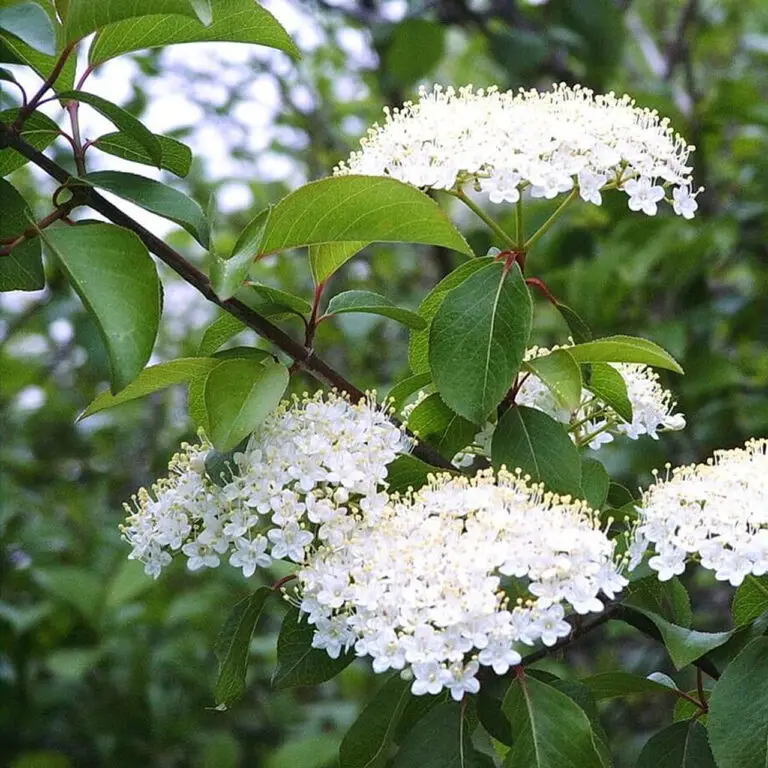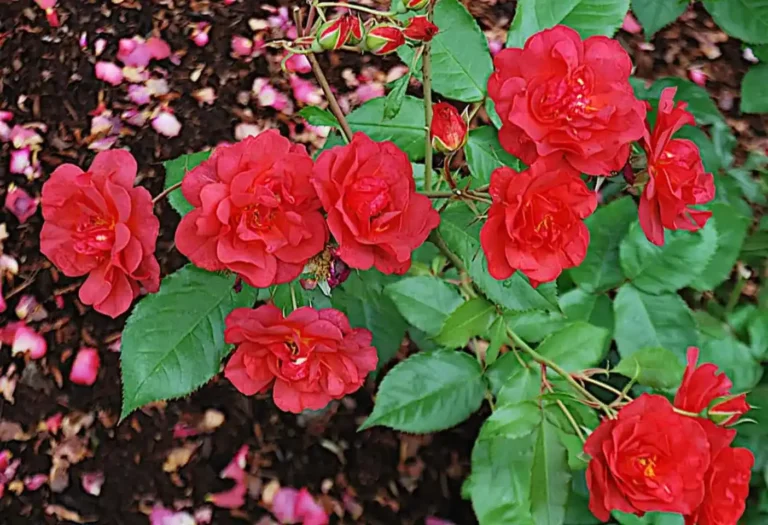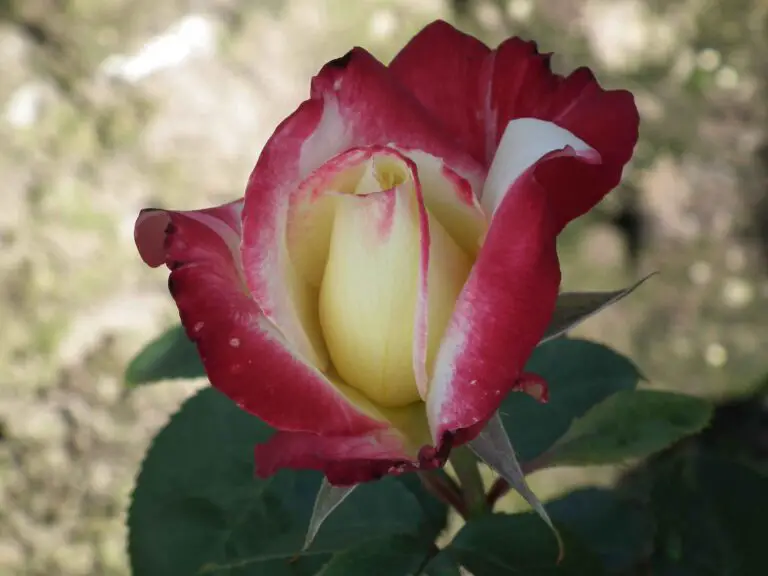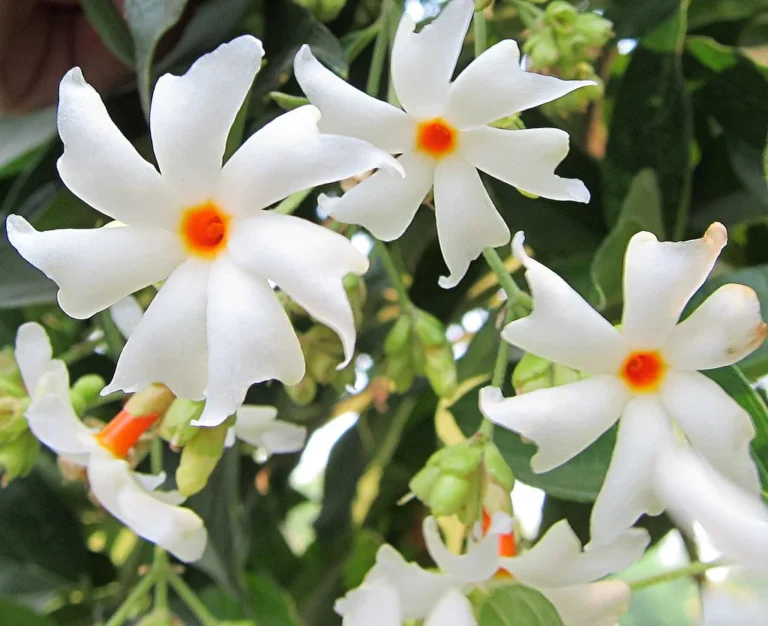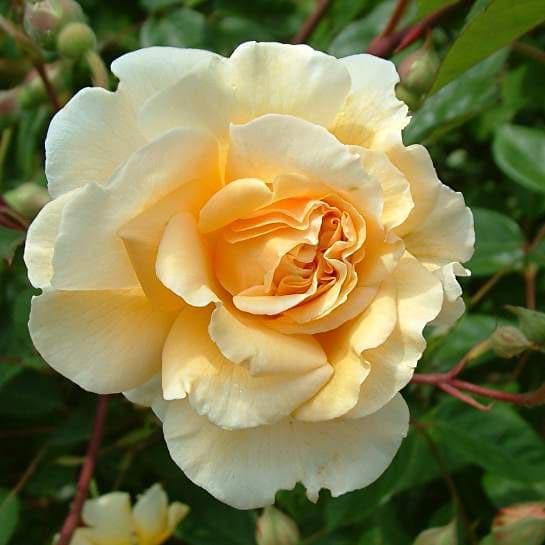White lilies are elegant and exquisite flowers that can add a touch of beauty and sophistication to any garden or indoor space. In this article, we will provide you with valuable tips on how to grow and care for white lilies, while also exploring their benefits. Let’s delve into the world of white lilies and discover how to make them thrive.
Growing White Lilies: Tips and Techniques
1. Choosing the Ideal Location for White Lilies
When selecting a spot for your white lilies, opt for a sunny area that receives at least six hours of direct sunlight daily. Ensure the soil is well-draining and rich in organic matter, avoiding locations prone to waterlogging.
2. Planting White Lilies
For optimal growth, plant white lily bulbs in early spring or fall. Dig a hole approximately two to three times the bulb’s depth and space each bulb around six inches apart. Remember to position the pointed end upward and gently spread the roots before covering with soil.
3. Watering White Lilies
To keep your white lilies healthy, provide regular watering, ensuring the soil remains moist but not waterlogged. A deep watering session once a week is generally sufficient, but adjust the frequency according to weather conditions and moisture levels.
4. Fertilizing White Lilies
During the growing season, apply a balanced slow-release fertilizer to supply essential nutrients. Follow the instructions on the fertilizer package for accurate application rates and timings.
5. Mulching for White Lilies
Apply a layer of organic mulch, such as wood chips or compost, around the base of your white lilies. Leave a few inches of space around the stem to prevent rotting. Mulching conserves moisture, suppresses weed growth, and insulates the soil.
More fragrant plants
White Lilies Plant Care and Watering
1. Pruning White Lilies
After blooming, remove faded flowers to redirect the plant’s energy toward bulb development rather than seed production. Allow the foliage to wither naturally until it turns yellow, as it nourishes the bulb for the next season.
2. Pests and Diseases
White lilies are generally resistant to pests and diseases. However, be vigilant and regularly inspect your plants for any signs of infestation or disease, such as aphids, lily beetles, or fungal issues. If necessary, apply organic insecticides or fungicides to mitigate problems.
3. Winter Care for White Lilies
In colder regions, protect your lily bulbs during winter by mulching the soil with a layer of straw or leaves. This insulation helps safeguard the bulbs from freezing temperatures.
White Lilies Plant Benefits
1. Aesthetics of White Lilies
The pristine white blooms of lilies enhance the visual appeal of any garden, patio, or indoor space. Their elegance and fragrance create a calming and serene atmosphere.
2. Symbolism of White Lilies
White lilies carry deep symbolic meanings associated with purity, innocence, and spiritual enlightenment. These flowers are often incorporated into religious ceremonies, weddings, and funerals.
3. Air Purification
White lilies help improve indoor air quality by absorbing harmful toxins and releasing oxygen. Their presence contributes to a healthier and more refreshing environment.
4. Medicinal Properties
Traditional medicine recognizes white lilies for their therapeutic properties, including anti-inflammatory, antibacterial, and antifungal effects. These properties make white lilies potentially beneficial for certain health conditions.
Conclusion
In conclusion, white lilies are stunning flowers that can elevate the aesthetic appeal of any garden or indoor space. By following the growing tips and caring for these plants properly, you can enjoy their beauty and reap their benefits. Add a touch of purity and elegance to your surroundings by including white lilies in your plant collection.

